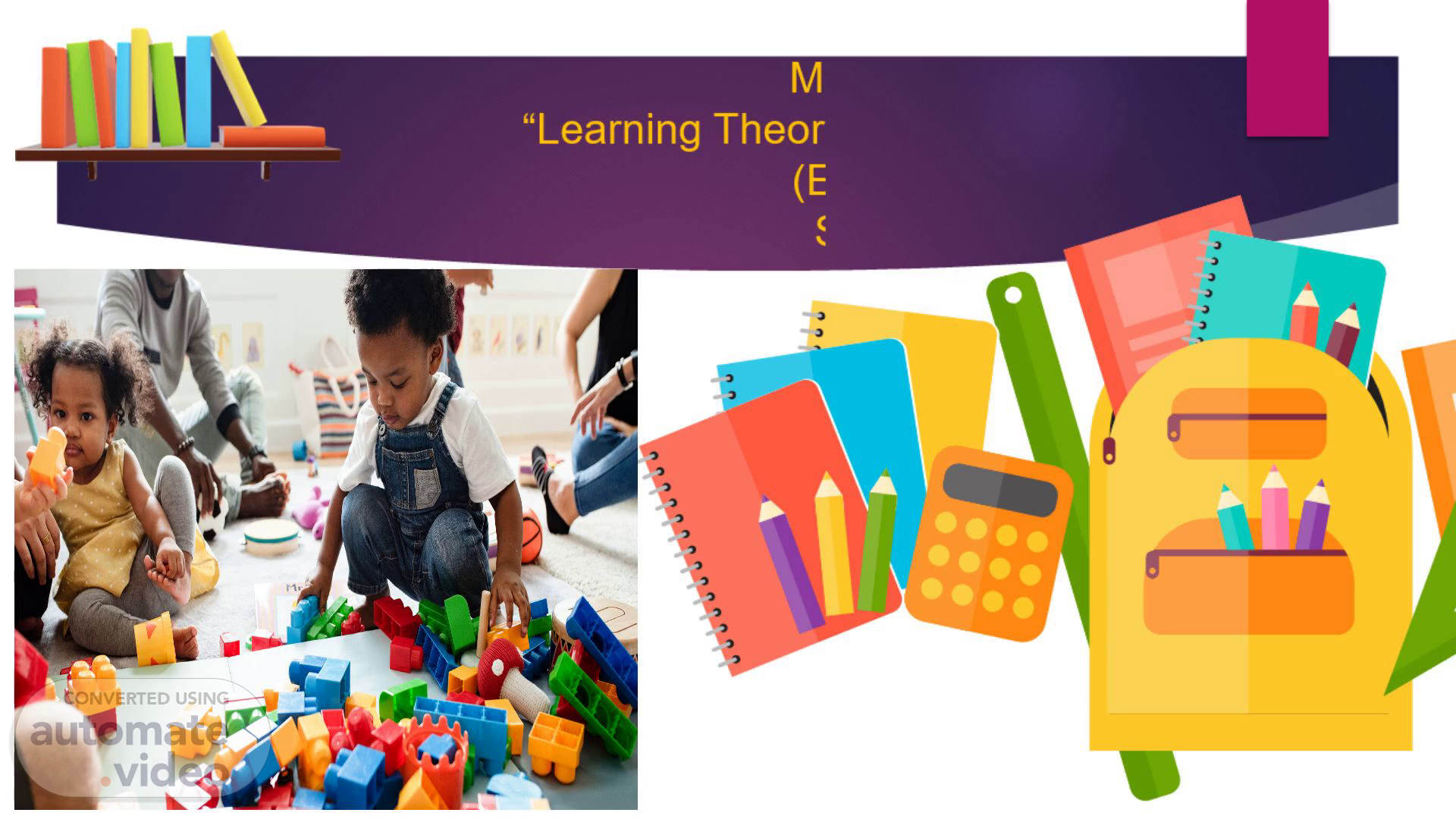Scene 1 (0s)
Martha Calloway “Learning Theory and Portfolio Development” (EDUC205-D03) Summer 2025.
Scene 2 (13s)
“INTRODUCTION TO EFFECTIVE STUDY STRATEGIES”. [image] A child lying on the floor writing on a book AI generated content may be incorrect.
Scene 3 (33s)
“Taking Notes” Note taking probably serves at least 3 functions for students. It keeps students’ attention on the material being presented. It facilitates encoding of the material. Notes serve as a form of concrete external storage for information presented in class..
Scene 4 (52s)
“Identifying Important Information” Students encounter more information than they can store in their long-term memory. Students should narrow down the information being given by the teacher and decide what is the most important information I need to remember. When students become good at identifying important information, underlining and highlighting the information can be beneficial. Students should look for main ideas, and signal words..
Scene 5 (1m 26s)
“Creating Verbal and Graphic Organizational Structures” Students can create an outline of major topics and ideas in a particular instructional unit. This can help students organize what they are studying. It supports retention in students by showing relationships between concepts. Graphic organization allows students to integrate material into graphic representation. Creating a graphic representation of verbal material can be difficult but teacher may need to scaffold students’ efforts in using this strategy with co-regulated learning activities..
Scene 6 (1m 53s)
“Summarizing” Students learn more effectively when create a good summary of what they are learning. Summarizing can be a challenging task for some students. Students must discriminate between important and unimportant information..
Scene 7 (2m 18s)
“Monitoring Comprehension” Students often check to see if the understand or remember by asking questions and rereading passages. Good students engage in comprehension monitoring. This is when a student checks themselves on understanding and memory of newly learned information. Many students of all ages don’t monitor their comprehension. This can lead to illusion learning, which is thinking you know something, and you do not..
Scene 8 (2m 52s)
“Using Mnemonics” 1. Mnemonics: memory aid or trick designed to help students learn an remember one or specific pieces of information. 2. There is 3 types of mnemonics, verbal mediation, visual imagery, and superimposed meaningful structures. 3. Helps remember list, sequences, and detail facts..
Scene 9 (3m 16s)
“My Preferred Study Strategy”. My preferred study strategy is summarizing. Summarizing helps me process information in my own words, making it easier for me to understand and remember the lesson. After I read and listen to material on the topic, I then write a short summary on what I have just read and heard. Summarizing helps encourage my active thinking rather than passive memorization. It helps me identify main points and filter out unneeded information. It creates great study notes I can review. Summarizing turns information into something I can really use..
Scene 10 (3m 43s)
“References”. Ormrod, Jeanne E. Human Learning. Available from: Liberty University Online Bookshelf, (8th Edition). Pearson Education (US), 2019..
